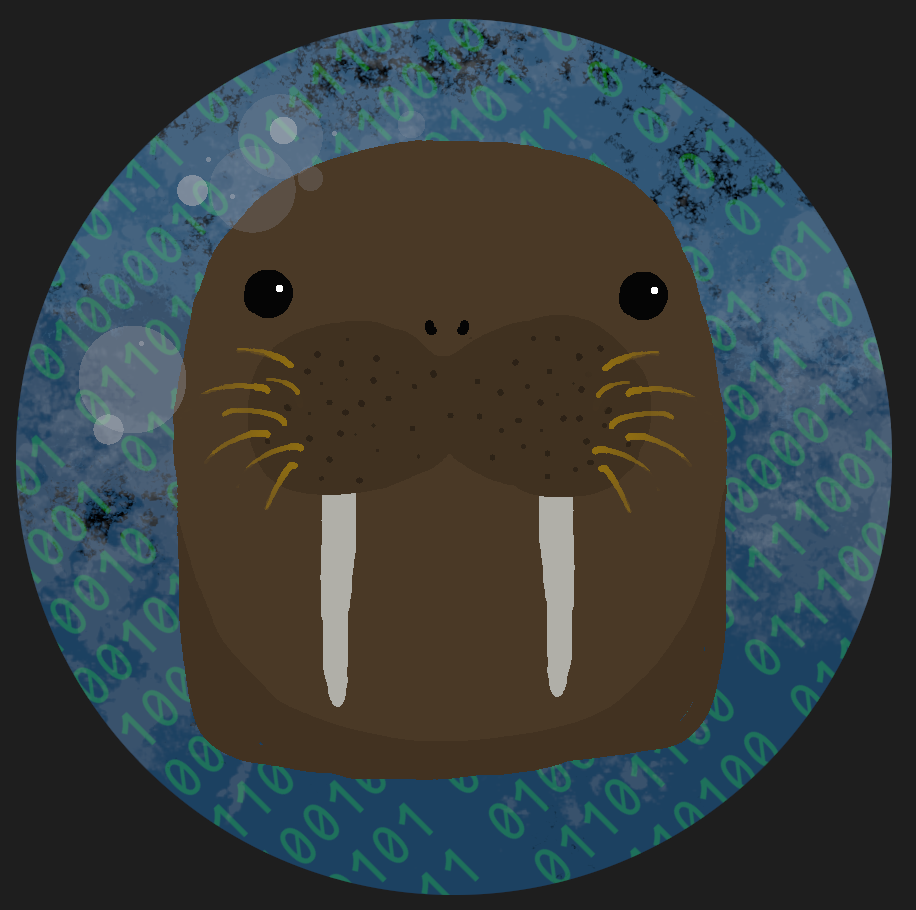I see people talking about doas saying it’s just like sudo but with less features. I’m just wondering if there is any situation where you should use doas or if it’s just personal preference.
From what I hear, doas is more secure. I don’t think it matters though, as long as you keep your system updated. I use sudo still.
How is it more secure?
I think it’s because sudo only requires a password the first time on each shell.
sudo maintains ‘sudo state’ for 15 minutes. After that you need to enter the password again.
Afaik much smaller code base and as such easier to audit.
When I thought about this question, I decided to ditch both sudo and doas entirely. I am certain this is an unpopular opinion, but I preferred setting up a granular permission + user system instead, and keeping root privileges for only a handful of use cases (primarily for system updates and package installations).
For anything else, a dedicated user is created, and given only permissions to do that exact thing only. Many of these users have no shell access at all, and for the ones that do, I use a password manager so I don’t have to memorize passwords for all of these users.
Why would a system update need privileges? What is the privileged action in pulling and applying updates your distro ships?
I mean, that’s one of the things that definitely needs permissions, right? You’re overwriting system config and executables for all users on your system. Otherwise a malicious actor could just replace firewall configs, or embed malicious code into your executables. If not /bin and /etc what else should need privileges?
On a mutable distro maybe but also no. You need to update your system, always. The updates come from the distro, and you only invoke your privileged package manager to do these changes for you. Its not privileged.
If a malicious actor is able to replace package repos that your package manager uses, for example an infected server in the same network, this would be the only way to inject arbitrary stuff by using
dnf updateorrpm-ostree update.Installing software and updating the already existing is very different.
What is the privileged action in pulling and applying updates your distro ships
Tell me again how you want to write system files with a non-admin account, and I’m going to show you my friend Lumpy, who will walk all over your machine so fucking fast. Fuck that, Lumpy’s a genius. One of his underlings (he manages now) will do it on a lunch break.
Uhm what?
The short answer is that my distro did not let me do this easily. But that was for good reason.
A system update would require too many privileges that it would be almost indistinguishable from root.
Currently, every user I have is restricted in what files it has access to. A system update user would need access to so many files, including install locations of all binaries, and non-binary installation paths of all current and future programs I install (some package installs modify /var, many modify /etc, and so on).
This user will also have access to all these programs, down to system applications. It can trivially break a permission system I come up with.
It may be possible to restrict system updates to a user, but it would be such a powerful user that its not really worth it.
Does the user have that access? In my case with rpm-ostree they can just execute 2 commands
rpm-ostree refresh-md(get updates) andrpm-ostree update.rpm-ostree rebaseis used for system upgrades afaik, that one needs a password.Only the root user has access to system updates on my system currently.
What does
rpm-ostree updatedo exactly? Does it execute the update? Or is that the rebase command only?No
rpm-ostreedownloads the diffs, applies existing changes (added or removed packages) and builds a new image that gets staged as first boot target. After reboot you are on an updated system.If it builds a new image that replaces the entire system it could be compromised to give full access to the entire system just as easily as sudo, possibly more easily.
No it just pulls the ostree / OCI image from the fedora image registry and applies changes that need sudo privileges to change, remove etc.
Deploying a different image is not allowed.
I see. I have little knowledge, but I bet that the “root privileges” part of this process is the reboot. Upon rebooting, system updates are applied from the new image via some privileged process.
That’s pretty neat. Unfortunately I haven’t ventured deeply enough into that type of system yet (was it called immutable distro or something?). I use gentoo, which doesn’t support this out of the box.
Thanks for showing me something new!
Rebooting does not need root privileges either, on no system. There really is nothing privileged about updating already existing software. Android is completely rootless and updates are automatic, but can be done manually too.
You can read a bit into OSTree, its very cool. But seems to be very complex and somehow they want to switch to OCI images now, idk.
But the way ublue builds their systems is astonishing, elegant, simple, structured and fully automated.




